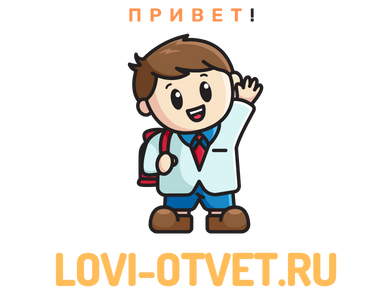1. When ordering and prescribing drugs, what system is utilized?
2. What is the metric unit used to measure weight?
3. Which units of volume are familiar to you?
4. What is the benefit of reference books for practitioners?
5. Who is obligated by law to provide complete information on the usage of new drugs?
6. In what manner are drugs administered?
7. Into what categories are drugs classified?
8. Do drugs exclusively fall into one category?
9. What is the purpose of administering antibacterial drugs?
10. What are the objectives of conducting therapeutic drug monitoring?
Пошаговый ответ:
2. The metric unit used to measure weight is the gram (g). In some cases, larger units such as kilograms (kg) may also be used. For example, when measuring the weight of a person, kilograms are commonly used.
3. Some common units of volume that are familiar to us include liters (L), milliliters (mL), and cubic centimeters (cm³). Liters are used for measuring larger volumes, such as the volume of a container or the volume of a liquid. Milliliters and cubic centimeters are used for smaller volumes, such as the volume of medication or the volume of a solution.
4. Reference books for practitioners, such as medical textbooks, drug reference guides, and clinical practice guidelines, provide several benefits. These books contain comprehensive and up-to-date information on various medical topics, including drug dosages, indications, contraindications, side effects, and interactions. They serve as valuable resources for healthcare professionals to make informed decisions in diagnosing and treating patients. Reference books also help ensure standardization and consistency in practice by providing evidence-based guidelines and recommendations.
5. By law, pharmaceutical companies are obligated to provide complete information on the usage of new drugs. This information is typically included in the drug’s package insert, which is approved by regulatory authorities such as the Food and Drug Administration (FDA) in the United States. The package insert includes details on the drug’s indications (approved uses), contraindications (conditions where the drug should not be used), dosage and administration guidelines, side effects, warnings, and precautions. This information is essential for healthcare professionals to safely and effectively prescribe and administer medications.
6. Drugs can be administered in various manners, depending on the medication and the patient’s condition. Some common routes of drug administration include oral (by mouth), intravenous (into a vein), intramuscular (into a muscle), subcutaneous (under the skin), topical (on the surface of the skin), and inhalation (breathed into the lungs). The chosen route of administration depends on factors such as the drug’s properties, desired onset of action, patient’s age and ability to swallow, and the severity of the condition being treated.
7. Drugs can be classified into several categories based on different criteria. One common classification is based on the drug’s therapeutic use, such as analgesics (pain relievers), antibiotics (treat bacterial infections), antihypertensives (lower blood pressure), and antidiabetic drugs (treat diabetes). Another classification is based on the drug’s chemical structure or mechanism of action. For example, drugs may be categorized as opioids, beta-blockers, antihistamines, or proton pump inhibitors based on their specific properties. Drug classifications help healthcare professionals organize and understand different medications, their characteristics, and their appropriate uses.
8. No, drugs do not exclusively fall into a single category. They can fall into multiple categories based on various criteria, such as their therapeutic use, chemical structure, mechanism of action, or legal classification. For example, a drug may be classified as a pain reliever (therapeutic use) and as a nonsteroidal anti-inflammatory drug (NSAID) based on its mechanism of action. It is important for healthcare professionals to consider multiple classifications and characteristics when prescribing and administering drugs to ensure safe and effective patient care.

